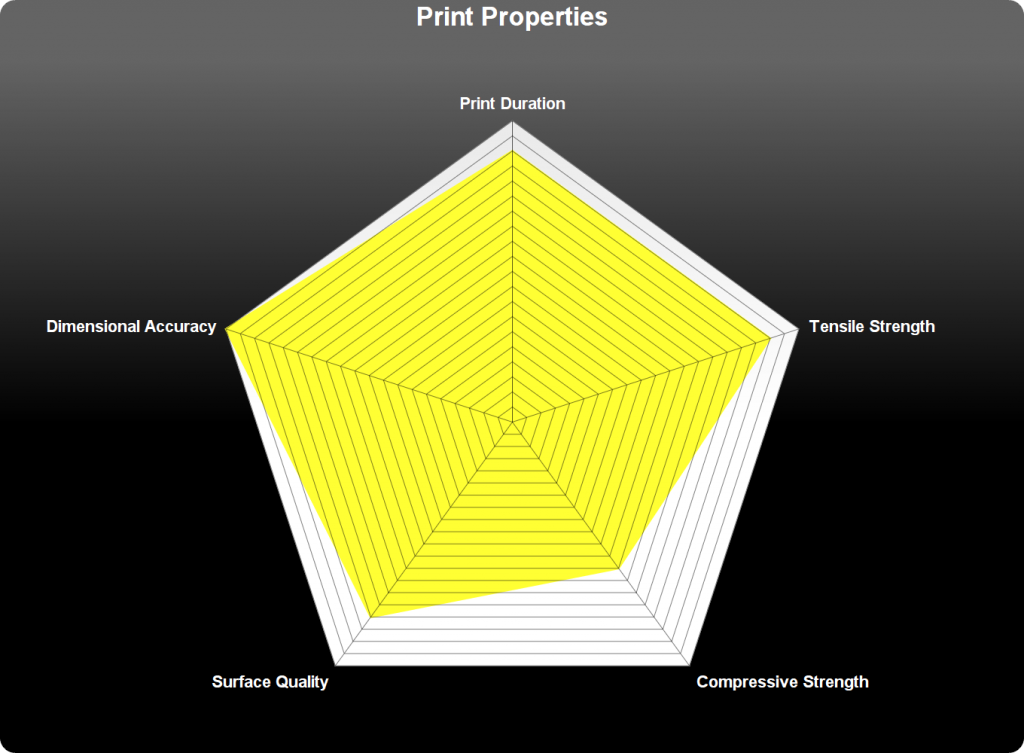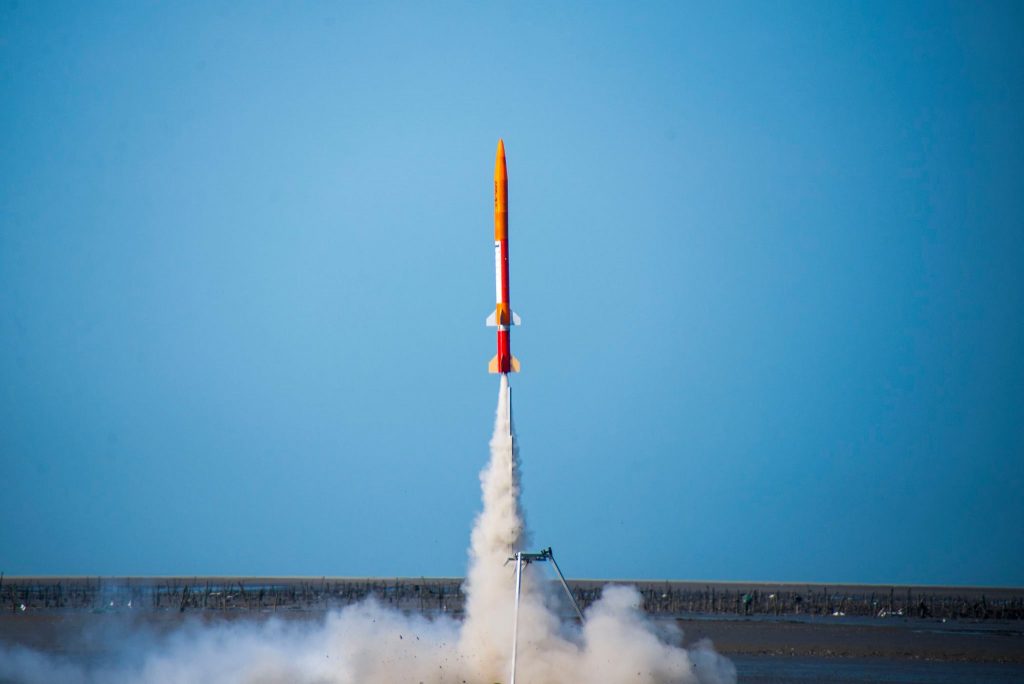This is a guest post in our series looking at the future of 3D Printing. To celebrate 5 years of reporting on the 3D printing industry, we’ve invited industry leaders and 3D printing experts to give us their perspective and predictions for the next 5 years and insight into trends in additive manufacturing.
Mike Galvez is the International Marketing Manager at Layer One, creators of the Atom line of 3D printers, where he helps to make the world’s most refined desktop digital fabrication machines.
3D Printing the Next Five Years by Mike Galvez
When the key FDM patent expired in 2009 it triggered an explosion of low-cost 3D printers from hundreds of manufacturers and the RepRap era was in full swing.
Today those machines have become increasingly accurate and reliable, but perhaps due to the shear number of competitors and the fierce price competition among them, innovation has been incremental. If the 3D printing industry hopes to see the “next industrial revolution” start on the desks of designers and engineers around the world, there will need to be at least a few major improvements to the way we currently do things. Here are five things to look for in the next five years of desktop 3D printing and digital fabrication.
Better Slicing for a Bigger Pie
Slicing is literally the make-or-break step in 3D printing. Get the settings right, and you’re golden. Get them wrong, and you’ll find yourself in a costly, frustrating process of trial and error that anybody who’s printed a complex part knows all too well. Despite its importance to the workflow, slicing software has failed to evolve at the same rate as the CAD software that feeds it, or the hardware that relies on it. It remains the bane of 3D printing. It takes a long time to learn, a longer time to master, and is plagued by design compromises between ease-of-use and advanced features.
That’s all likely to change over the next five years as slicers become more intelligent and more automated, thanks to a growing number of powerful algorithms and paradigm-shifting UI changes. Optimistically, the slicer will be invisible to the user five years down the road, but until then we are likely to see a few things happen. The first is a move toward a conversational interface, where instead of presenting the user with a settings pane blanketed by toggles and variables, the slicer will ask a sequence of questions aimed at understanding the purpose of the part and use the answers to automatically generate the optimum settings. Alternatively, the user might be presented with a radar chart (example below) of the print’s characteristics that can be manipulated according to their priorities. The second move is toward the web. As slicing algorithms become more powerful, they’ll also become more burdensome to run on a local device. Cloud computing will not only speed up the slicing process, but moving the slicer to the web may also enable tie-ins to web-based CAD software that could communicate information about part priorities automatically based on their location and function within a design, for example. Lastly, the winning slicer will not only be able to export G-code for 3D printing, but also for lasers, mills, autopens, cutters, and other tool heads as well.

Hardware Solutions to Today’s Software Problems
The future’s hardware innovations will make today’s compromises disappear. Consider all of the ultimatums slicers force us into due to limitations of the hardware: speed or quality, speed or strength, inside or outside loops first, part orientation, etc. In the coming years, hardware solutions will free us from having to make these decisions at all.
Refinement for the Designer Desktop
In the quest to deliver a cost-effective 3D printing solution to hobbyists, engineers, and industrial designers, the industry seems to have forgotten the finer details of what makes a machine not only easy to use, but easy to live with. At Layer One we’re aiming for upcoming versions of Atom to be both. What makes a machine easy to live with? First, it should be quiet, generating nothing more than gentle white noise. Second, it should be easy to maintain, clean, and repair, if needed, with minimal downtime. Lastly, it should be easy to operate and control with a touch interface similar to those that people have grown comfortable using every day. And of course, the machine should look as elegant as the creations of our talented users.
Poly-Possibilities
As far as materials go, PLA is the greenest, meanest, easiest-to-print material out there, and we are a long way from exhausting it’s potential. We’ve seen all sorts of news about innovative PLA blends on 3D Printing Industry and elsewhere, and that has us excited for the future. Used alongside PVA as a support material, we believe PLA makes for the best desktop-use material. They’re both non-toxic, biodegradable, economical, and reasonably strong. At Layer One we are working closely with our partners to create the best performing PLA and PVA out there, and we encourage the rest of the industry to do the same. For any naysayers that don’t think PLA is good enough for functional parts, we encourage them to check out the rocket below: ARRC’s APPL 9C 2-stage monster, whose 2.7 meter long shell and a number of internal parts were made with PLA on an Atom.

A Platform for Digital Fabrication
When we released the Atom 2.0 in 2015 we also released a Module Development Kit (MDK) for industrious users and partners to design and install their own custom tool heads. Some have made cutting and drawing tools, lasers, and mills, just to name a few. We may have been the first to offer a modular platform back then, but today we are among at least a handful of companies working toward the same goal.
The Atom 2.5’s frame and drive system is extremely robust and precise, but we aren’t done improving it. The next Atom will be a true digital fabrication platform ready to attract developers to design new tools for many different tasks. While 3D printing will likely remain at the core of the experience for the next five years and beyond, the dream of the all-in-one desktop digital fabrication machine is beginning to materialize. The era of the RepRap is coming to an end. The era of the digital fabrication platform is about to begin.
This is a guest post in our series looking at the future of 3D Printing, if you’d like to participate in this series then contact us for more information.
For more insights into the 3D printing industry, sign up to our newsletter and follow our active social media channels. Let us know your thoughts about this perspective on the future of 3D printing in the comments below.
More information about the Atom line of 3D printers is available here.


